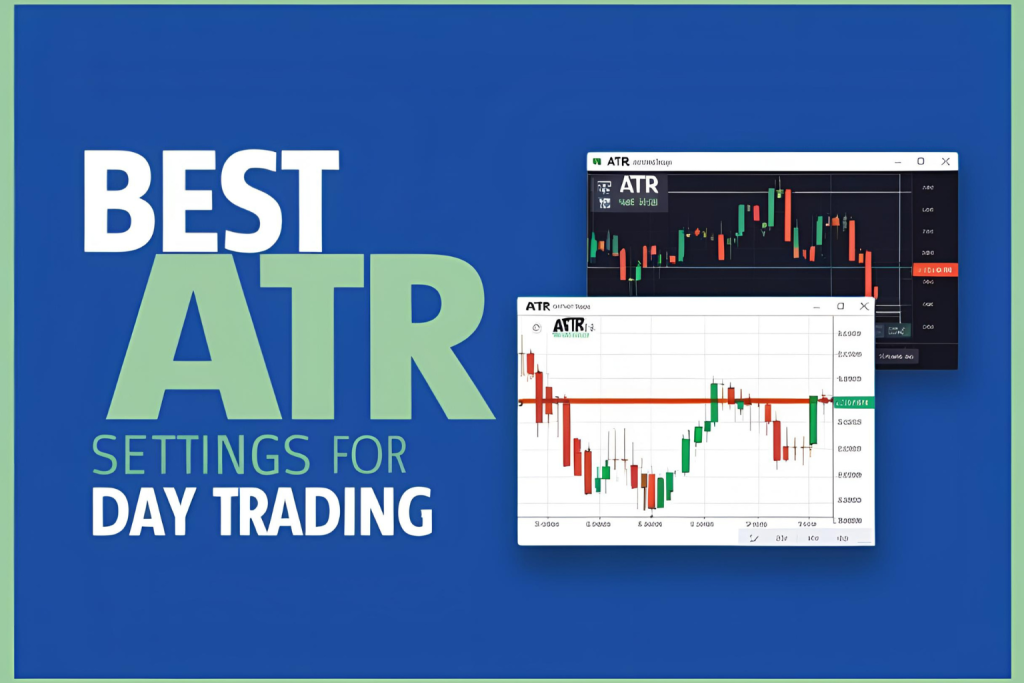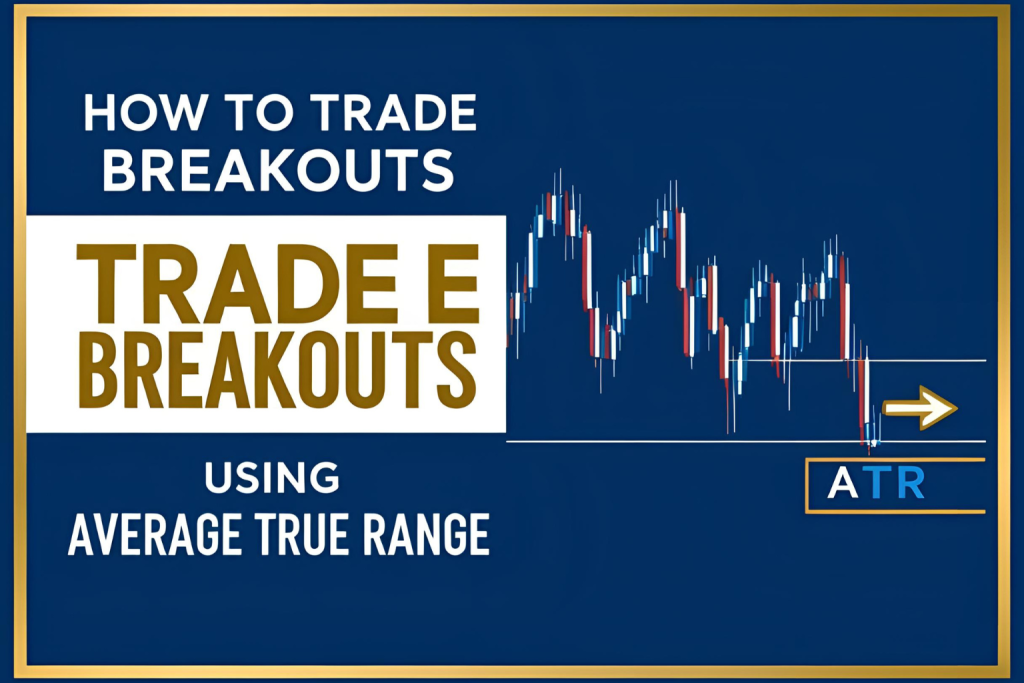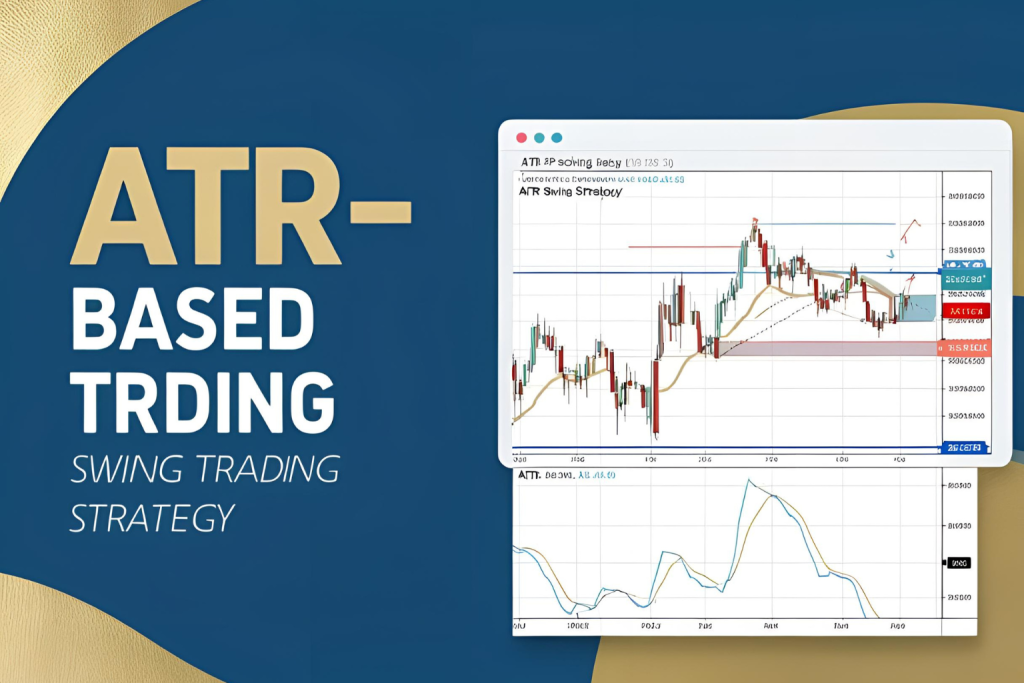The Average True Range (ATR) is excellent for measuring volatility, but it doesn’t show trade direction. That’s where combining ATR with RSI or MACD can give you a serious edge. Together, these indicators help you filter entries, confirm momentum, and manage trades with precision.
This post explains how combining ATR with RSI or MACD improves your trading signals across different strategies.
Why Combine Indicators?
Each indicator serves a different purpose:
- ATR: Measures volatility
- RSI (Relative Strength Index): Detects overbought/oversold zones
- MACD (Moving Average Convergence Divergence): Measures momentum and trend direction
When used together, they provide both context and confirmation, reducing false signals.
✅ Setup 1: ATR + RSI
📌 Use Case: Catching Reversals with Volatility Confirmation
How it works:
- RSI identifies overbought/oversold levels (e.g., RSI < 30 = oversold)
- ATR confirms if volatility is increasing (suggesting a strong reversal)
Entry Rules (Long):
- RSI < 30 (oversold)
- ATR is rising or has spiked
- Price forms bullish pattern (e.g., hammer, bullish engulfing)
Stop-Loss: Use ATR × 1.5 below the entry
Target: 2× risk or exit when RSI hits 70
Why it works: Volatility confirms the strength of the reversal—no trade if RSI is low but volatility is flat.
✅ Setup 2: ATR + MACD
📌 Use Case: Riding Momentum in Trends
How it works:
- MACD gives trend-following entry via crossover or histogram shift
- ATR confirms whether the trend has strength (or is fading)
Entry Rules (Long):
- MACD line crosses above signal line
- ATR is flat or rising
- Price breaks recent high
Stop-Loss: Entry – (ATR × 1.5)
Exit: MACD cross down or trailing stop using ATR
Why it works: MACD shows direction, and ATR confirms that volatility supports the move.
✅ Why These Combinations Work
| Feature | ATR + RSI | ATR + MACD |
|---|---|---|
| Best For | Reversal trades | Trend-following trades |
| Filters False Signals? | Yes (filters weak RSI zones) | Yes (avoids low-momentum trends) |
| Stops and Targets | ATR-based | ATR-based |
| Timeframes | 15m to Daily | 1H to Daily |
Bonus: Add a Volatility Filter
Add an ATR filter like this:
- Only trade when ATR is above its 20-period moving average
- Helps avoid trades in flat, choppy conditions
Final Thoughts
Combining ATR with RSI or MACD gives you the best of both worlds—directional insight and volatility confirmation. You’ll enter trades with more confidence, avoid weak signals, and manage risk more precisely.
Test both combinations on demo or historical data before going live, and choose the setup that fits your trading style best.
✅ FAQs
1. Can I use ATR with both RSI and MACD together?
Yes, but it may add complexity. Stick to one combo until you’re confident.
2. What timeframe works best?
15-minute to daily charts are ideal for swing and intraday setups.
3. Should I enter as soon as RSI or MACD confirms?
Wait for both indicators and possibly a price confirmation candle.
4. Can I automate these combinations?
Yes. Many platforms let you create strategies using multiple indicators.
5. Does ATR give entry signals on its own?
No. ATR is for measuring volatility, not predicting price direction.



